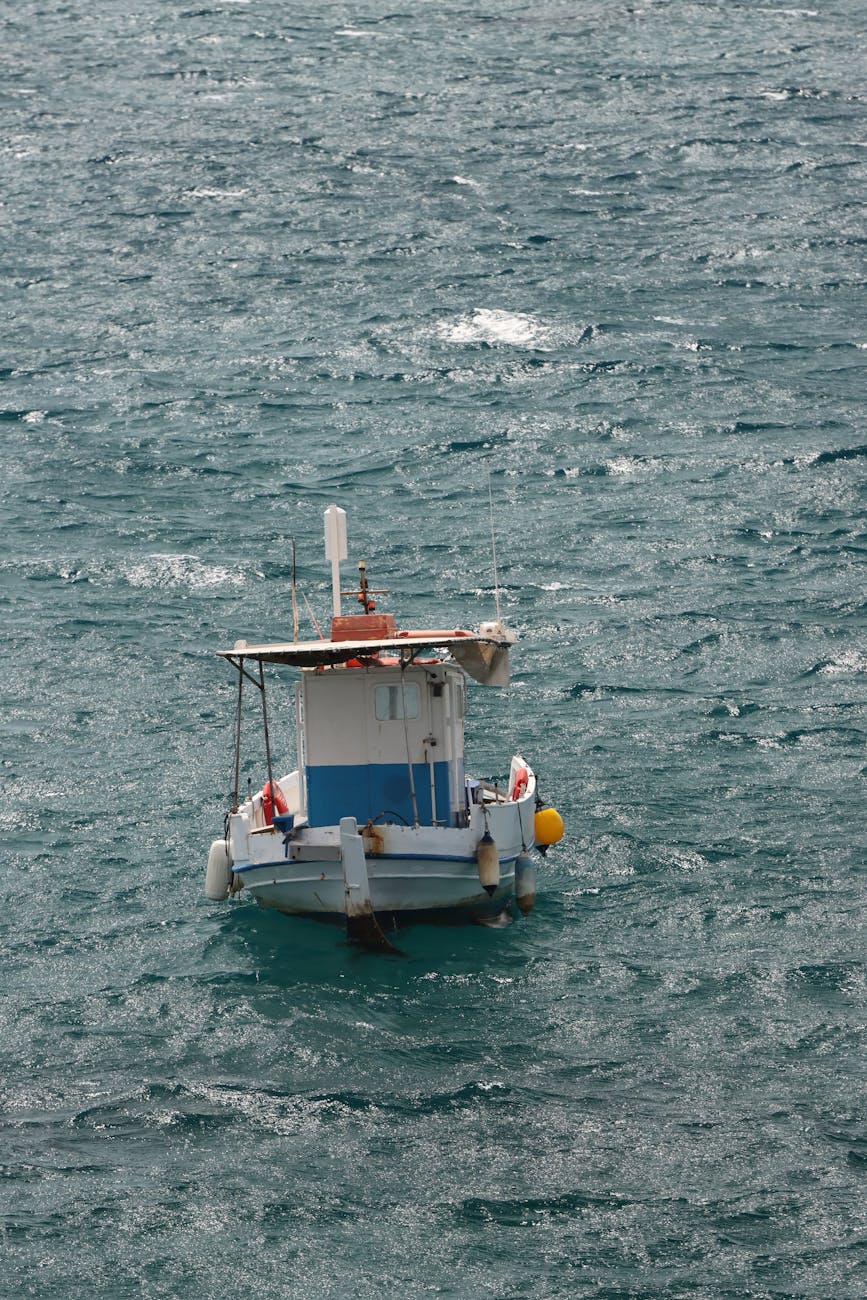When planning your next getaway, concerns about safety can often overshadow the excitement. Coastal disasters such as hurricanes, tsunamis, and sea-level rise raise crucial questions about the safety of holiday destinations. However, with a bit of research and preparation, travelers can confidently select destinations that not only offer breathtaking views but also prioritize safety. In this post, we will delve deep into understanding the nature of these disasters, how to assess a destination’s safety, and what proactive measures are being taken around the world.
More than just a checklist item, safety awareness enriches your travel experience. By juggling objective facts and personal experiences, travelers can build a comprehensive picture of their chosen locale. Embracing this mindful approach ensures that you can enjoy sun-soaked beaches and stunning sunsets without the looming fear of potential disasters. So, is your holiday destination safe? Let’s explore this vital consideration together.
The term coastal disasters encompasses a variety of events that can strike seaside areas, ranging from storms and flooding to more gradual phenomena like erosion and climate change impact. Hurricanes, ferocious by nature, can decimate communities in mere hours, while quieter threats such as rising sea levels silently inch closer to coastal towns. Each type of disaster poses unique challenges that require different responses, showcasing the complexity of coastal safety.
Moreover, understanding these phenomena requires diving deeper into the cycles and patterns of nature. Coastal communities constantly evolve to adapt to these threats. By analyzing past events and future projections, experts can strategize better ways to mitigate risks. As scientists improve their forecasting models, the chances of avoiding catastrophic events through early warning systems and community education continue to rise. Knowledge not only empowers travelers but also builds resilience within coastal ecosystems.
Not every coastal location bears the same level of risk when it comes to disasters. While some places become accustomed to natural events, others remain vulnerable. Thus, it is critical to comprehend how to assess the safety of your destination effectively. This journey involves digging into historical data, climate reports, and local government initiatives focused on risk management.
Additionally, checking recent incidents can offer real-time insights. Are certain areas prone to more frequent hurricanes? Have local authorities invested in updated infrastructure to withstand floods? All these questions matter. Utilize technology to research disaster preparedness programs, community protocols, and emergency response strategies specific to your chosen destination. A little awareness can go a long way in selecting a place that balances allure with safety, ensuring travelers relish their vacations without unnecessary stress.
In the face of potential disasters, prevention agencies and community leaders are stepping up to the plate. Awareness campaigns and investment in infrastructure form the backbone of successful disaster readiness. By employing innovative technologies, many regions have implemented efficient early warning systems that can alert residents well before a storm hits.
Furthermore, travelers with a bit of foresight can adopt their own safety measures. Familiarize yourself with local emergency contact numbers, nearby shelters, and evacuation routes. When planning your itinerary, consider activities less likely to be affected by harsh weather conditions. Being proactive not only enhances your travel experience but also fosters a sense of confidence and security that allows for maximum enjoyment during your stay.
An impressive shift has begun across the globe as nations recognize the importance of coastal safety. Innovative urban planning and environmentally-conscious governance are emerging as standard practices. Governments are integrating sustainable practices into reconstruction efforts, and regions are now better equipped to handle both human and environmental factors influencing coastal safety.
Interestingly, collaborative efforts are also in play. International organizations are working hand in hand with local groups to promote best practices and improve safety regulations. This shared knowledge fosters an atmosphere of unity and purpose, pivoting global attention towards enduring strategies that embrace safety without sacrificing the beauty and enjoyment of coastal environments.
Building resilience goes beyond mere disaster preparedness; it’s about nurturing communities that thrive despite challenges. Coastal towns are increasingly adopting adaptive strategies that enhance their ability to bounce back from adverse events. This mindset of resilience fosters a strong community spirit, bridging gaps between different social and economic groups.
Fostering education and community engagement plays a significant role in strengthening this resilience. Programs aimed at informing residents about disaster response not only build capacity but also encourage community solidarity. When everyone knows the steps to take during a disaster, the power of collective action shines, leading to quicker recovery times and a renewed sense of hope despite the odds stacked against them.
With motivation and awareness constantly growing, the outlook for coastal vacation spots is bright. Communities are pioneering new approaches to safety while encouraging tourism that respects nature’s unpredictability. This positive trend serves as an invitation for travelers to explore picturesque beaches without the weight of fear clouding their experience.
Moreover, the push for sustainable travel is transforming perceptions. An increased appreciation for natural beauty allows travelers to be part of a solution rather than merely spectators. By supporting eco-friendly accommodations and local initiatives, vacationers contribute to the health and safety of coastal regions. This symbiotic relationship fosters a stronger bond between visitors and hosts, paving the way for memorable travel experiences that are inspiring rather than intimidating.
What are the main types of coastal disasters?
Coastal disasters generally include hurricanes, tsunamis, flooding, and erosion. Each has unique characteristics that affect different regions in various ways, impacting both the environment and local communities.
How can I find out if a destination is prone to disasters?
Researching historical data, climate change reports, and listening to local government updates are excellent ways to gauge if a destination is at risk. Concerned travelers should consider consulting the latest statistics available from authoritative sources.
What should I do if I encounter a disaster while on holiday?
Stay calm and follow local emergency protocols. Knowing evacuation routes, trusted shelters, and emergency contact numbers will prove invaluable during critical moments.
Is it possible to travel safely to coastal areas?
Absolutely! By conducting thorough research and practicing safety measures, travelers can enjoy the beauty of coastal destinations with relative peace of mind. It is always possible to travel smartly and responsibly, taking advantage of the growing emphasis on safety in these regions.
The growing awareness and innovation surrounding coastal safety continue to inspire travelers around the world. By selecting their destinations wisely and engaging with local communities, travelers can enjoy delightful vacations while positively contributing to coastal resilience. Embrace this spirit of optimism, and embark on your next adventure with confidence, knowing that safety and enjoyment can go hand in hand.
Image Credit: Pexels





